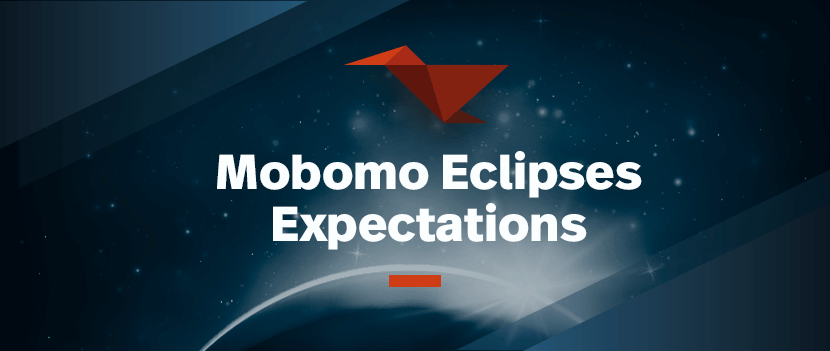
35 million users
48 million sessions
88 million page views
On a day where millions experienced a once in a lifetime total solar eclipse, NASA’s tireless efforts to provide the public with a seamless livestreaming experience of eclipse feeds from across the country resulted in one of the largest web-based events in U.S. government history. NASA’s coverage of the eclipse was a home run in the IT world and is a testament to the Agency’s commitment to technological excellence in everything they do in support of both their scientific endeavors and their duty to share their experiences with the world, showing that IT collaboration and partnership in the federal government is not only possible but wildly successful.
On Monday, Aug. 21, NASA surpassed expectations, streaming 18 live feeds from across the country, including high altitude balloon feeds, telescope views and shots from various aircraft situated along the path of totality from Oregon to South Carolina. Just as impressive as the content being served was the amount of web traffic NASA.gov received, recording over 30 million visitors over its 6 hours of coverage, resulting in over 80 million page views and at peak levels, sustained over 1.5 million concurrent users – all of which are record-shattering statistics for the Agency. Visitors to the site stayed an average of 3 minutes per session.
Livestreaming is no easy feat
An architecture supporting millions who are livestreaming is even harder. Not being able to accurately guess or predict just how many viewers would tune in and then planning for an architecture to support an unknown amount is daunting.
“We were in uncharted territory. We predicted that this would be our most watched event, but we didn’t really know to what level,” Nagaraja said. “Mobomo had the arduous task of testing [the site] to the limits that they possibly could and then being able to build something that could scale to the level above that depending on what happened on eclipse day.”
Crucial to the success of the eclipse coverage was ensuring that NASA.gov sustained high-performance levels while millions of users visited the website, which required significant planning and collaboration between NASA and members of the WESTPrime contract team, who manage both application development and the backend cloud-based infrastructure.
Mobomo, a Vienna-based software development company, serves on the WESTPrime team as a subcontractor to InfoZen and provides core web-developers that manage development efforts for NASA.gov and were tasked with constructing the eclipse live webpage.
“Providing this unprecedented access to the public required a sophisticated cloud infrastructure along with multiple backup plans and redundancies. This allowed NASA to rapidly scale delivery in proportion to viewership and segregate their live streams of the eclipse while incorporating autoscaling caches and other services to accommodate intense public interest,” said Sandeep Shilawat, Cloud Program Manager, InfoZen.
In addition to developing the main eclipselive page and an interactive solar eclipse map tracker, which allowed users to view the real-time progression of the eclipse across the continent, we were also tasked with stress-testing the website and its backend infrastructure to ensure it would perform at a high level under significant increases in user traffic. It was impossible to know just how many users would tune in to watch the event which made it very difficult to test.
Mobomo was responsible for building the back end of the web page and created the interactive graphic that tracked the eclipse in real time which enabled people to find the best viewing time for their geographic location. The biggest unknown was user testing. We were able to bring on a consultant to run a stress test on the site and simulate millions of people using the site at once. At the same time the consultant ran the test, Mobomo team had a few people head to the site to see how it felt. He didn’t tell them that at that very moment about over a million users were also on the site doing the same thing.
Huge win for Federal IT
NASA is the only known federal agency to use the cloud for such a large viewing event. The cloud was optimal in this case because of its elastic scalability and due to the amount of unknown users – we didn’t have to change the infrastructure because its elastic and can scale automatically. Another advantage of the cloud in this case was the fact that we didn’t have hardware to coordinate and manage – which ultimately results in cost savings. Pre- cloud, an agency would have to purchase hardware, software and services.
Overall impact?
An event such as the eclipse is ideally suited for the cloud, provides a pay-for-what-you-use model, and makes the scaling of infrastructure cost effective for federal agencies. NASA has set the bar for other agencies to follow when a mission requires reach and scale for citizen engagement.

